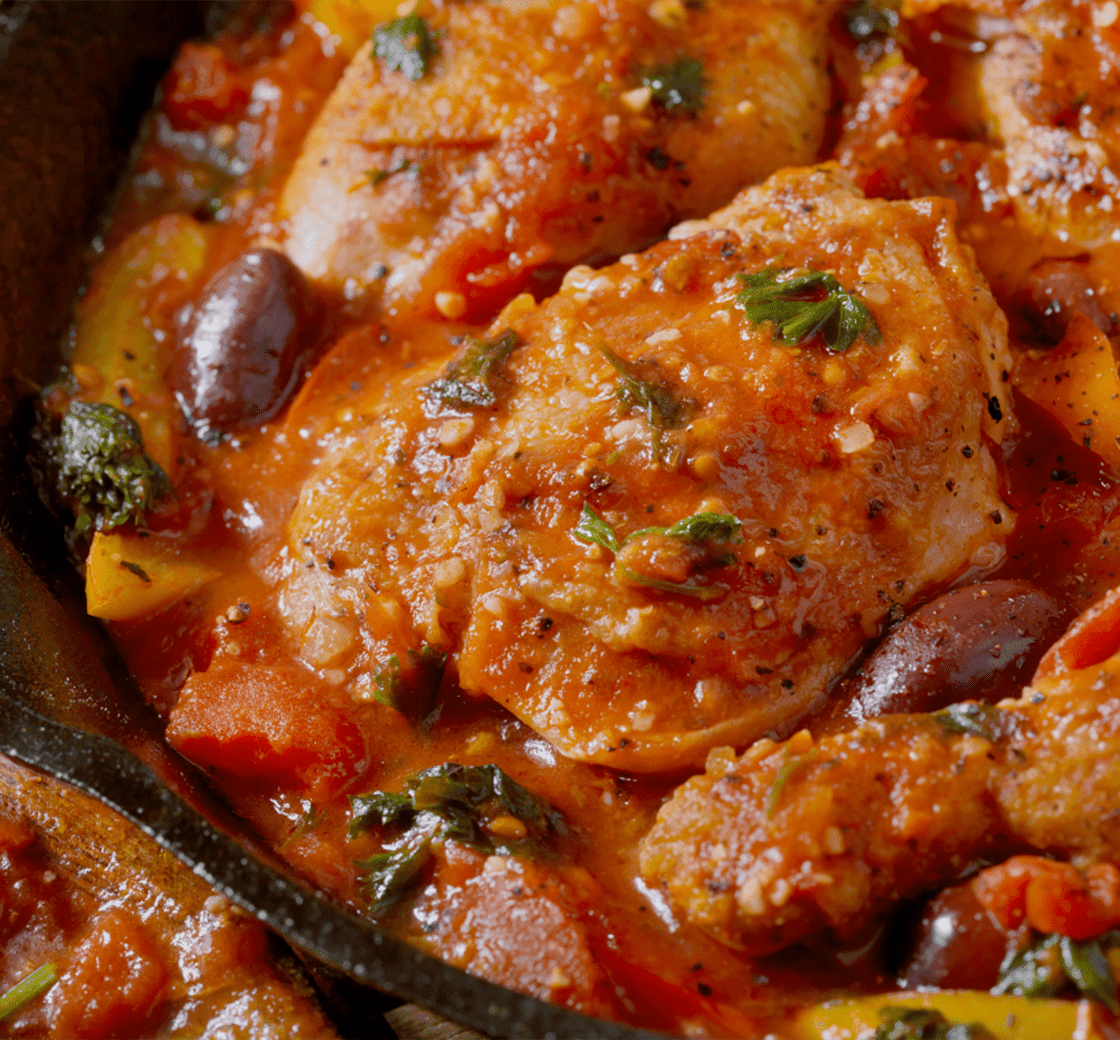
Emilia-Romagna, which stretches between the Adriatic coast, northern Tuscany, and the Po Valley, is one of the most prolific agricultural regions of Italy. It is known for its pasta, balsamic vinegar, Parma ham and Parmigiano-Reggiano, among a wealth of other products. While enjoying wines such as Sangiovese and Barbera, you will learn to make traditional dishes that include: brodetto fish stew; cotechino con lenticchie; chicken cacciatore with creamy polenta; and warm zabaglione with Marsala wine for dessert.

You will work in teams to execute the class menu. At the end of class, participants gather to enjoy the food they have prepared. Wine is served with meals in most classes. All class menus are subject to change. While a snack platter is offered in both morning and evening classes, you may want to consider a light snack before joining us for class. Students are encouraged to bring a light lunch or dinner to all pastry classes.

You will work in teams to execute the class menu. At the end of class, participants gather to enjoy the food they have prepared. Wine is served with meals in most classes. All class menus are subject to change. While a snack platter is offered in both morning and evening classes, you may want to consider a light snack before joining us for class. Students are encouraged to bring a light lunch or dinner to all pastry classes.
On Sundays in Italian neighborhoods in Brooklyn, families gather for hearty dinners of Italian-American favorites. You will enjoy the preparation of a generous Sunday dinner including: bucatini with meatballs, sweet sausage and Sunday gravy; chicken cacciatore with polenta; fennel layered with potatoes and breadcrumbs; and broccoli salad.
Let's eat like we're in Italy, from the apps all the way through to a rich dessert! These dishes put you back in that Mediterranean mindset...even if you've never been there. Make and sit down to this warm, comforting Italian banquet of: fried zucchini with Parmesan; veal saltimbocca alla romana; spaghetti carbonara; cavolfiore alla napoletana (cauliflower with raisins and pine nuts).
Treasures abound in Italy's Piemonte region. This gorgeous tasting canvasses the landscape by highlighting some of its gems, centering on the region's tasty Nebbiolos, including Barolo and Barbaresco. But the region has so much more to offer too, with grape varieties like Roero Arneis, Barbera, Dolcetto and more. Floral, earthy, red fruit with leather---these wines range from rustic to elegantly regal. ICE's resident sommelier, Richard Vayda, guides your tour of this region's wine delights. The tasting will include at least 8 wines accompanied by some appropriately refined cheeses and other treats.
Ranked as America’s Best Culinary School (USAToday 2019), our roster of Chef-Instructors have run top kitchens around the globe.
| (Separate multiple addresses with commas like: john@aol.com, jane@aol.com) | |